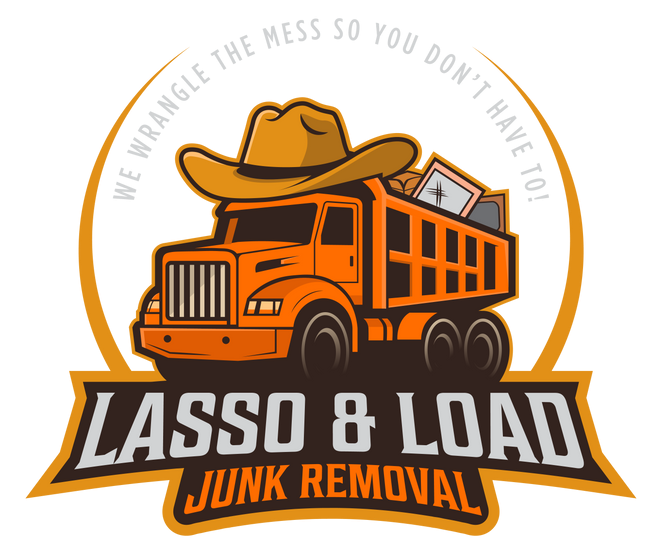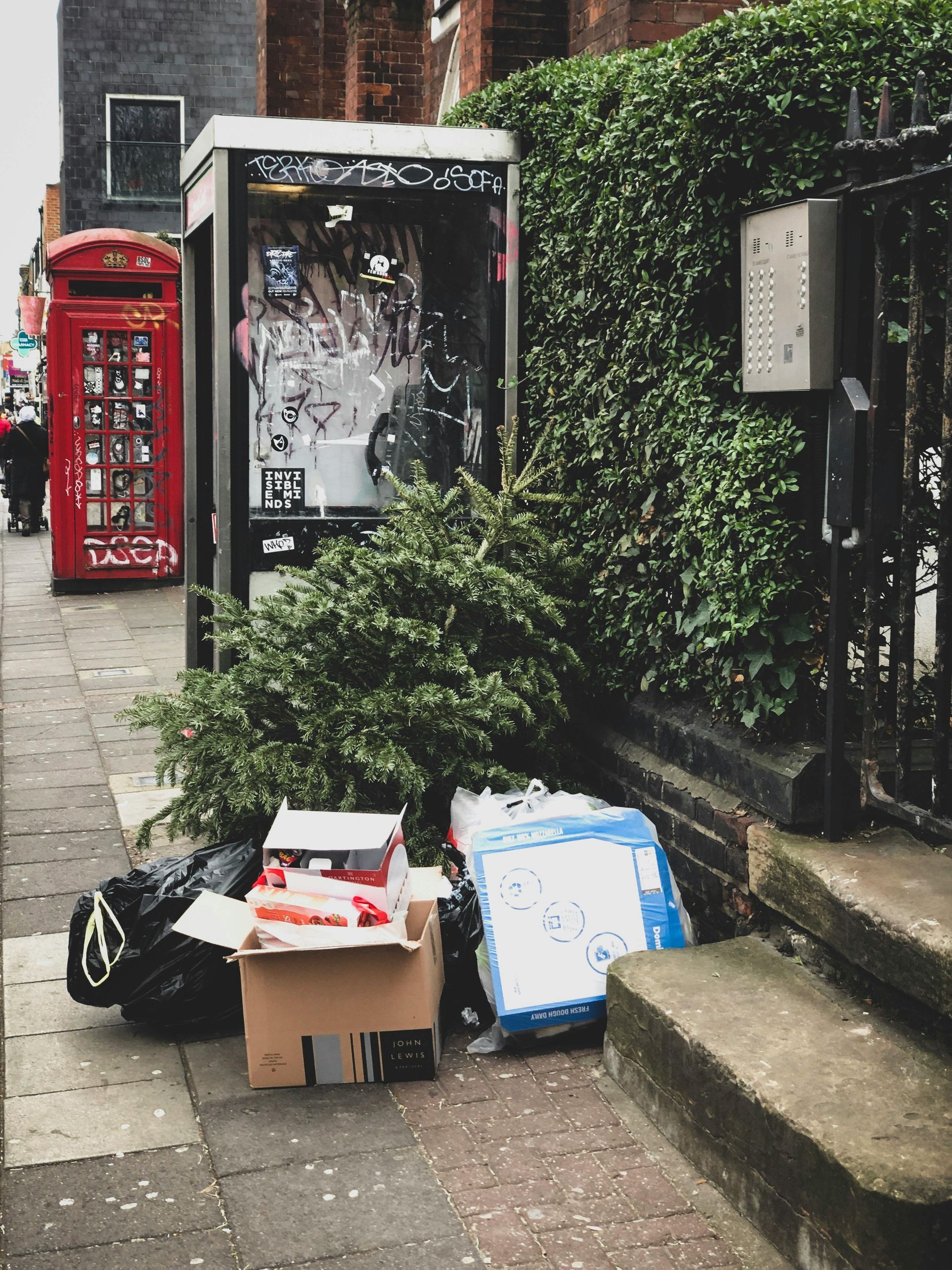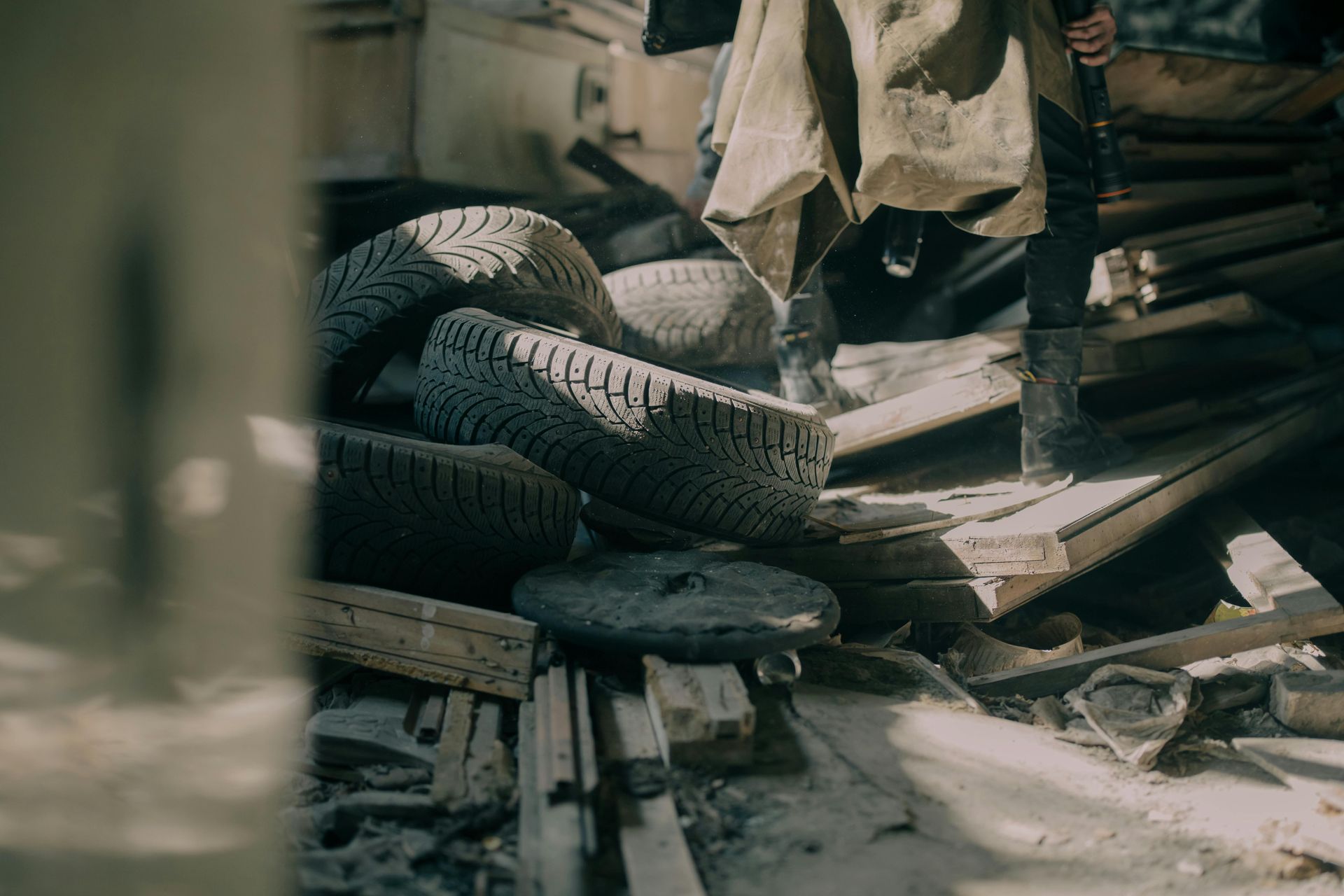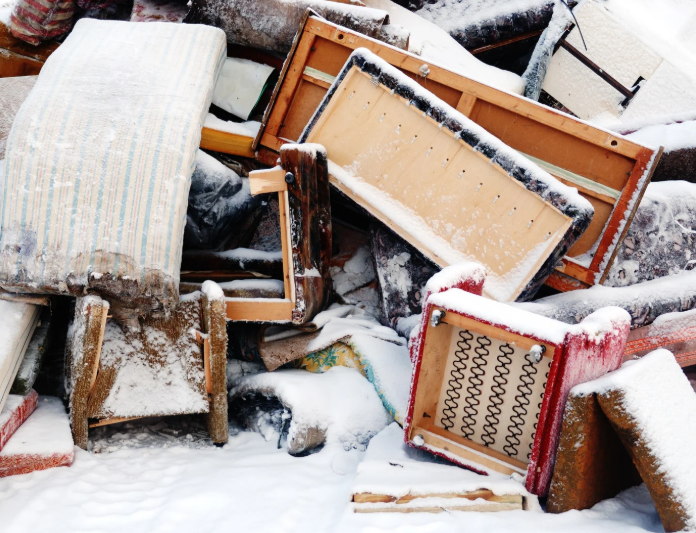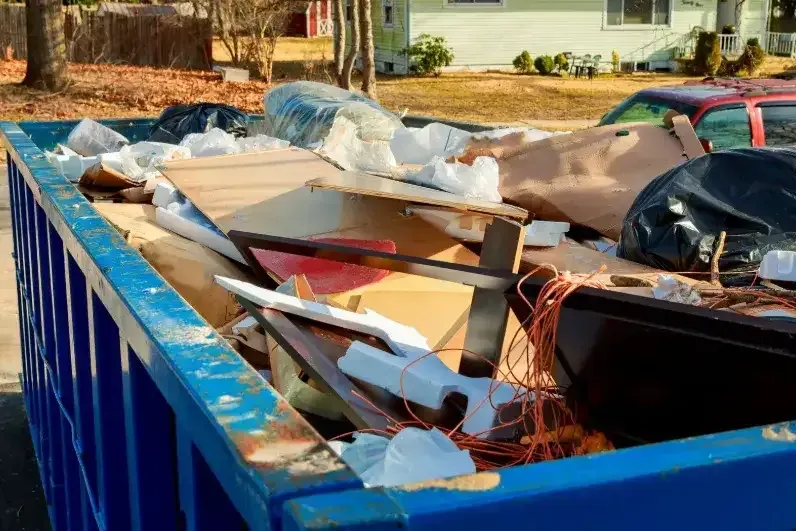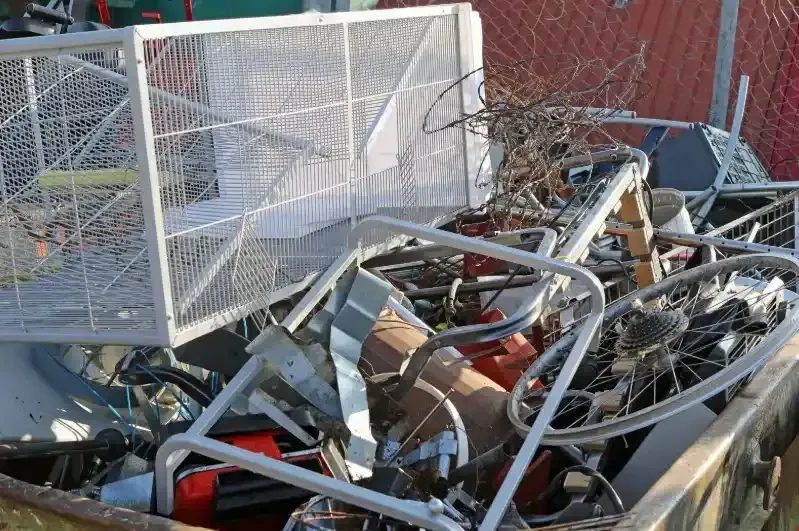Shed Demolition: Clearing the Way for New Projects
Shed demolition isn't merely about tearing down an old structure; it's about paving the way for fresh possibilities. That forgotten corner of your yard, occupied by a worn-out shed, could be the very spot where your next big idea takes shape. Maybe you're dreaming of a serene garden retreat, a sleek home office, or simply a cleaner, more open backyard space. Whatever your vision, clearing out that old shed is the gateway to renewal.
But the process involves more than just swinging a sledgehammer—it requires thoughtful planning, safety precautions, and a strategic approach to debris removal. From understanding structural components to managing hidden hazards like nails or mold, each step matters. This guide unpacks the entire shed demolition journey, offering insight and guidance to help you tackle the task with confidence.
Understanding the Need for Shed Demolition
Sheds, over time, can become more of a hindrance than a help. Weather exposure, structural wear, and changing needs can render them obsolete. Demolishing such structures not only enhances the aesthetic appeal of your property but also eliminates potential safety hazards. Moreover, it offers a blank canvas for new projects, be it a garden, patio, or a new storage solution.
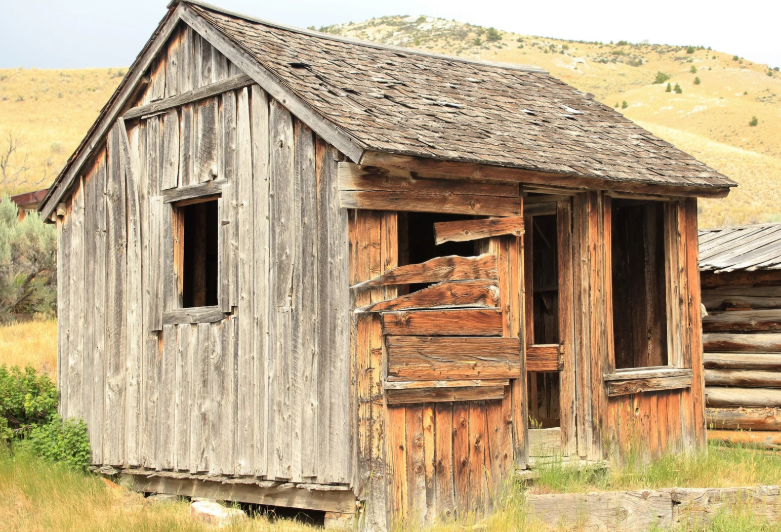
Pre-Demolition Considerations
Before embarking on the demolition process, several factors warrant attention:
- Assessing the Structure: Evaluate the shed's condition. Is it primarily wood, metal, or plastic? Are there signs of rot, rust, or structural instability? Understanding the materials and condition aids in determining the demolition approach.
- Utility Disconnections: Ensure all utilities—electricity, water, or gas—are safely disconnected. This step is crucial to prevent accidents during demolition. If unsure, consult professionals to handle utility disconnections safely.
- Permits and Regulations: Depending on local regulations, a permit might be required for demolition. Check with local authorities to ensure compliance and avoid potential fines.
- Environmental Concerns: Older sheds might contain hazardous materials like asbestos or lead paint. If suspected, it's imperative to engage specialists for safe removal and disposal, adhering to environmental guidelines.
The Demolition Process
Shed demolition isn’t just a matter of swinging a hammer and watching walls crumble. It begins with a close inspection of the structure to determine its stability and to identify any potential hazards. This includes checking for electrical wiring, plumbing, pests, or structural weak points. Once the interior has been cleared of any personal items or insulation, the real work begins—removing doors and windows to safely relieve pressure from the structure. The roof usually comes off next, followed by the walls and, finally, the floor or foundation.
The demolition process must be strategic to ensure minimal risk to both people and property. Using the right tools—crowbars, reciprocating saws, sledgehammers—is key to a controlled teardown. For wooden sheds, framing can be unscrewed or pried apart, while metal sheds may require cutting tools. Once disassembled, materials are sorted and prepped for disposal. While it might look chaotic from the outside, proper demolition follows a deliberate sequence. Skipping steps or rushing through the process can cause damage, injuries, or an expensive cleanup later on.
Safety Precautions
When it comes to demolition, safety isn’t just a suggestion—it’s a necessity. Before lifting a single tool, ensure you're equipped with essential protective gear. That means heavy-duty gloves to avoid cuts, steel-toed boots for foot protection, eye protection for flying debris, and a helmet in case the structure shifts unexpectedly. A dust mask or respirator may also be required, especially in older sheds that could contain mold, asbestos, or hazardous insulation. The workspace should be cleared of unnecessary obstacles, with a first-aid kit on hand and someone nearby in case help is needed.
Unseen hazards are just as important as the obvious ones. Old electrical wiring, rusted nails, broken glass, and hidden wasp nests are common surprises. It's critical to shut off any utilities before beginning and double-check for underground lines if the shed has a foundation. Ladders and power tools should be inspected before use to prevent malfunction mid-demolition. Demolition is physically demanding and often unpredictable, which makes vigilance the best defense. Taking the extra time to follow proper safety protocol can save you from costly accidents or serious injury.
Post-Demolition Cleanup
Demolition might feel like the grand finale, but the cleanup is where the real transformation begins. Once the last wall is down, you're left with a sprawling mess of debris—wooden beams, jagged metal, nails, roofing shingles, and often remnants of insulation or concrete. Cleaning up requires careful sorting of materials into what can be salvaged, what’s recyclable, and what belongs in a landfill. It’s not just about tidiness; it’s about safety, efficiency, and environmental responsibility. Leaving sharp debris lying around is a hazard to you, your family, or even curious neighborhood kids.
The smartest approach is to work in phases. Start with the larger, manageable pieces and gradually work your way down to the finer scraps. Renting a dumpster or scheduling junk removal can help you avoid multiple trips to the dump. Some demolition teams offer full-service cleanup, saving you time and effort. A clean, clear space not only prepares the ground for your next project but also gives you a much-needed mental boost—there’s something deeply satisfying about turning chaos into a blank canvas for future plans.
Cost Considerations
Understanding the financial side of shed demolition is crucial to avoid budget blowouts. Prices vary based on the shed's size, materials, foundation type, and whether electrical or plumbing disconnection is needed. A small, simple wooden shed may cost a few hundred dollars to remove, while larger structures with reinforced concrete foundations can exceed a thousand. Additionally, if your shed contains hazardous materials like asbestos or lead paint, you'll need certified professionals to handle removal, significantly increasing the overall expense. Permits and dumping fees can also add unexpected costs if not accounted for early.
While DIY demolition may seem cheaper on the surface, it often carries hidden expenses. Tool rentals, safety equipment, vehicle wear-and-tear for hauling debris, and even injury-related medical costs are all real risks. On the other hand, professional services typically offer bundled pricing that includes labor, cleanup, and proper disposal. Getting multiple quotes is a smart move to gauge what’s fair in your area. Always ask whether cleanup, hauling, and permit handling are included. Investing in professionals may cost more upfront, but it often results in safer, quicker, and more stress-free outcomes.
DIY vs. Professional Demolition
Choosing between a DIY demolition and hiring professionals depends on your time, tools, and tolerance for risk. For some, the appeal of tearing down an old shed with their own two hands is too tempting to pass up. With basic tools and proper safety measures, a small wooden structure can be removed over a weekend. But it’s important to be honest about your physical ability and knowledge of construction. If there’s wiring involved or signs of rot and instability, the DIY route can quickly become dangerous or even illegal without permits.
Professional demolition teams come with the right equipment, experience, and insurance to handle complications safely. They also take care of time-consuming tasks like debris hauling, sorting recyclables, and checking for utility lines. If your goal is speed, safety, and convenience, going pro is the clear choice. Professionals also reduce liability—if anything goes wrong, it's on them, not you. For larger, heavier, or complex structures, hiring experts means less disruption to your schedule and peace of mind knowing the job will be done thoroughly and in compliance with local regulations.
Environmental Responsibility
Demolition doesn’t have to mean sending everything to the landfill. In fact, environmentally responsible demolition is more accessible than ever. Many components of an old shed—wood, metal roofing, concrete slabs, even old windows—can be reused, repurposed, or recycled. Carefully deconstructing instead of simply smashing allows for materials to be preserved and redirected for other uses. That weathered wood might make a great raised garden bed or rustic shelving unit. Scrap metal can be sold or recycled, while unbroken windows or doors may be donated to building reuse centers or local charities.
When hiring professionals, it’s worth asking if they offer eco-friendly or “green” demolition services. These companies sort materials on-site and ensure that recyclables go to the proper facilities. It not only reduces your project’s carbon footprint but also helps your community by minimizing landfill usage. Some areas even require proof of sustainable disposal as part of the permit process. Whether you’re doing it yourself or bringing in a team, being conscious of the environmental impact ensures that clearing the way for something new doesn’t come at the earth’s expense.
Conclusion
Embarking on a shed demolition project is more than just clearing space—it’s about making room for possibility. Whether your goal is to redesign your backyard, install a new structure, or simply eliminate a deteriorating eyesore, removing an old shed is the first step toward transformation. Though the process might appear overwhelming at first glance, with thoughtful preparation, attention to safety, and potentially professional assistance, the demolition can proceed without unnecessary stress or setbacks. From disconnecting utilities to managing debris disposal, each stage plays a crucial role in the success of your project.
If you're located in Gwinnett Co and need reliable help with shed demolition or junk removal, Lasso & Load Junk Removal is a trusted local partner you can count on. Their team brings a strong commitment to safety, environmental responsibility, and efficient service, making them a top choice for clearing the way to new beginnings. Don’t let an old structure hold you back. Contact Lasso & Load Junk Removal today by calling 404-227-2017 or emailing Lauren.renwickk@gmail.com to schedule your service. Your next exciting project starts with a clean, open space.
